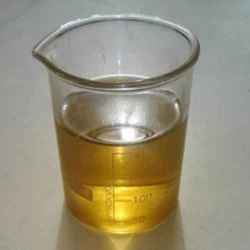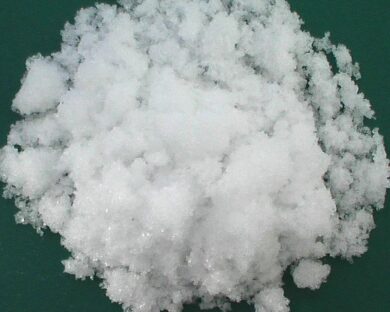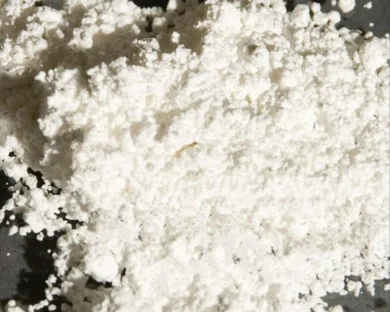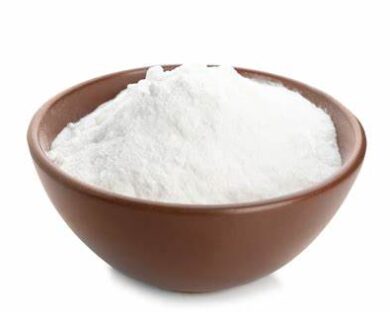Activated Carbon
Activated Carbon
Activated carbon, a seemingly unassuming substance, plays a crucial role in various industries and applications showcasing its remarkable versatility. This porous material, derived from carbon-rich sources like coconut shells, wood, or peat, undergoes a process of activation to unlock its exceptional adsorption capabilities.
Activated carbon is carbon with a highly developed internal pore structure, providing an extensive surface area for adsorption. The activation process involves exposing carbonaceous materials to elevated temperatures in the presence of gases like steam or carbon dioxide. This results in the creation of countless microscopic pores and a network of crevices, enhancing the material's ability to capture and retain a wide range of molecules.USES AND APPLICATIONS FOR Activated carbon
INDUSTRIES
It is used in numerous industrial applications like:-
- Used in water purification
- Used in air purification
- Used in gold extraction
- Used in medical application
- Used in gas purification
- Used in the food and beverages industry
Activated Carbon
In a world where environmental pollutants, chemicals, and impurities pervade our air, water, and even our food, finding a reliable solution for purification is paramount. Enter It – a versatile and highly effective filtration medium that has revolutionized the way we cleanse and detoxify our surroundings.
What is Activated Carbon?
It is also known as activated charcoal, is a form of carbon processed to have small, low-volume pores that increase the surface area available for adsorption or chemical reactions. It is produced by heating carbonaceous materials, such as wood, coal, or coconut shells, to high temperatures in the presence of gases that “activate” the carbon, creating a porous structure.
The Science Behind Activated Carbon
The exceptional adsorption properties of activated carbon are attributed to its porous structure, which provides an extensive surface area for capturing impurities and contaminants. The microscopic pores trap molecules through a process known as adsorption, where atoms or molecules from a gas or liquid adhere to the surface of the carbon.
Applications of Activated Carbon
It finds applications across a diverse range of industries and settings, owing to its unparalleled ability to purify and detoxify. Here are some common uses:
- Water Purification: It filters are widely used in water treatment systems to remove organic contaminants, chlorine, volatile organic compounds (VOCs), and other impurities, ensuring clean and safe drinking water.
- Air Filtration:It is employed in air purifiers and HVAC systems to eliminate odors, smoke, volatile organic compounds (VOCs), and harmful gases, enhancing indoor air quality and promoting respiratory health.
- Medical and Pharmaceutical: It is utilized in medical applications to treat poisonings and overdoses by adsorbing toxins and drugs from the digestive tract. It is also employed in wound dressings and filters for kidney dialysis machines.
- Environmental Remediation: It plays a crucial role in environmental remediation efforts, including soil and groundwater remediation, wastewater treatment, and the removal of pollutants from industrial emissions.
- Food and Beverage Industry: It is used in the food and beverage industry for decolorization, deodorization, and purification of liquids such as sugar syrups, alcoholic beverages, and edible oils.
Why Choose –
- Exceptional Adsorption Capacity: Our activated carbon boasts a high surface area and pore volume, ensuring maximum adsorption efficiency and superior purification performance.
- Premium Quality: We source only the finest raw materials and employ advanced manufacturing processes to produce It of uncompromising quality and consistency.
- Versatility: Our activated carbon is available in various forms, including granular, powdered, and pelletized, to suit a wide range of applications and filtration requirements.
- Environmental Responsibility: We are committed to sustainability and eco-friendly practices, ensuring that our activated carbon products are produced in an environmentally responsible manner.
- Trusted Performance: With years of experience and a track record of excellence, our activated carbon products are trusted by industries, municipalities, and consumers worldwide for reliable purification solutions.
Contact us for Details of SNDB Chemicals.




